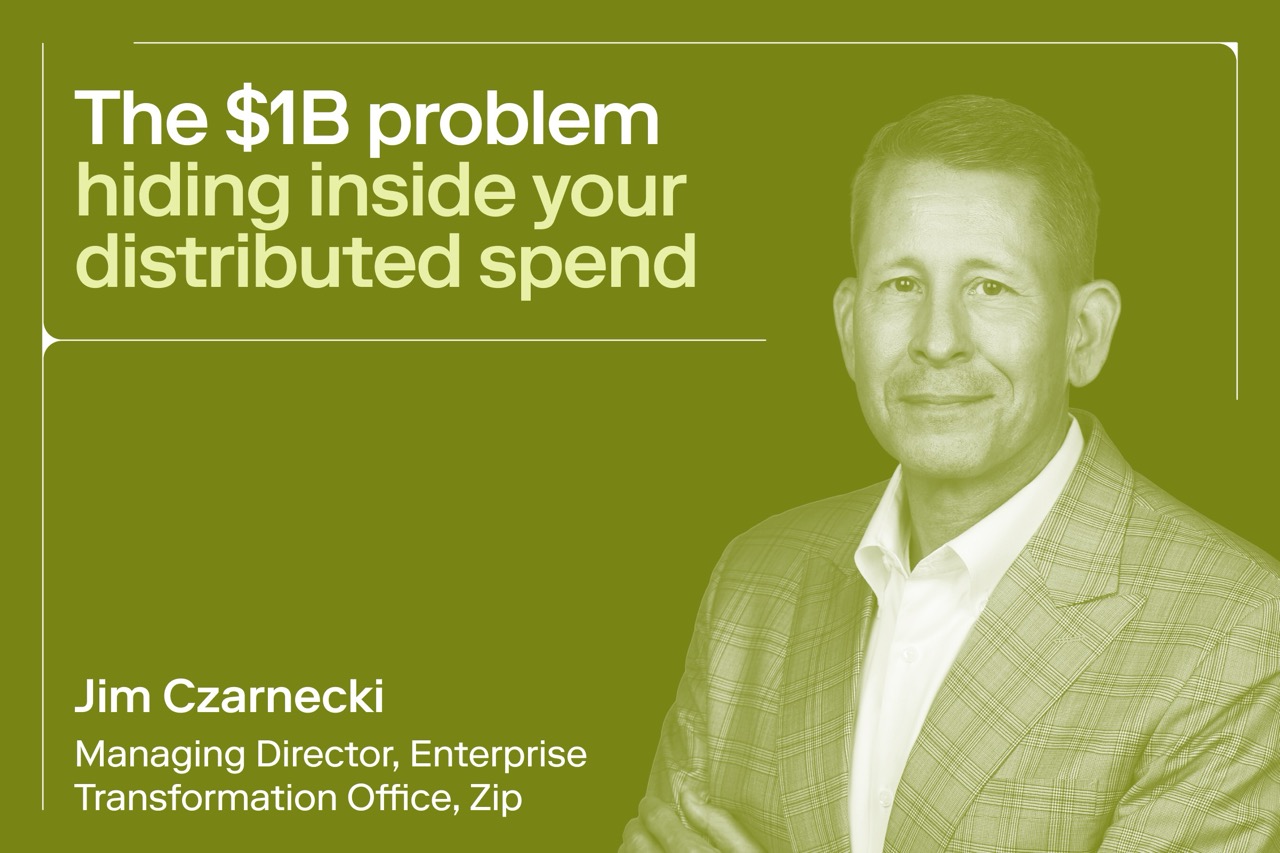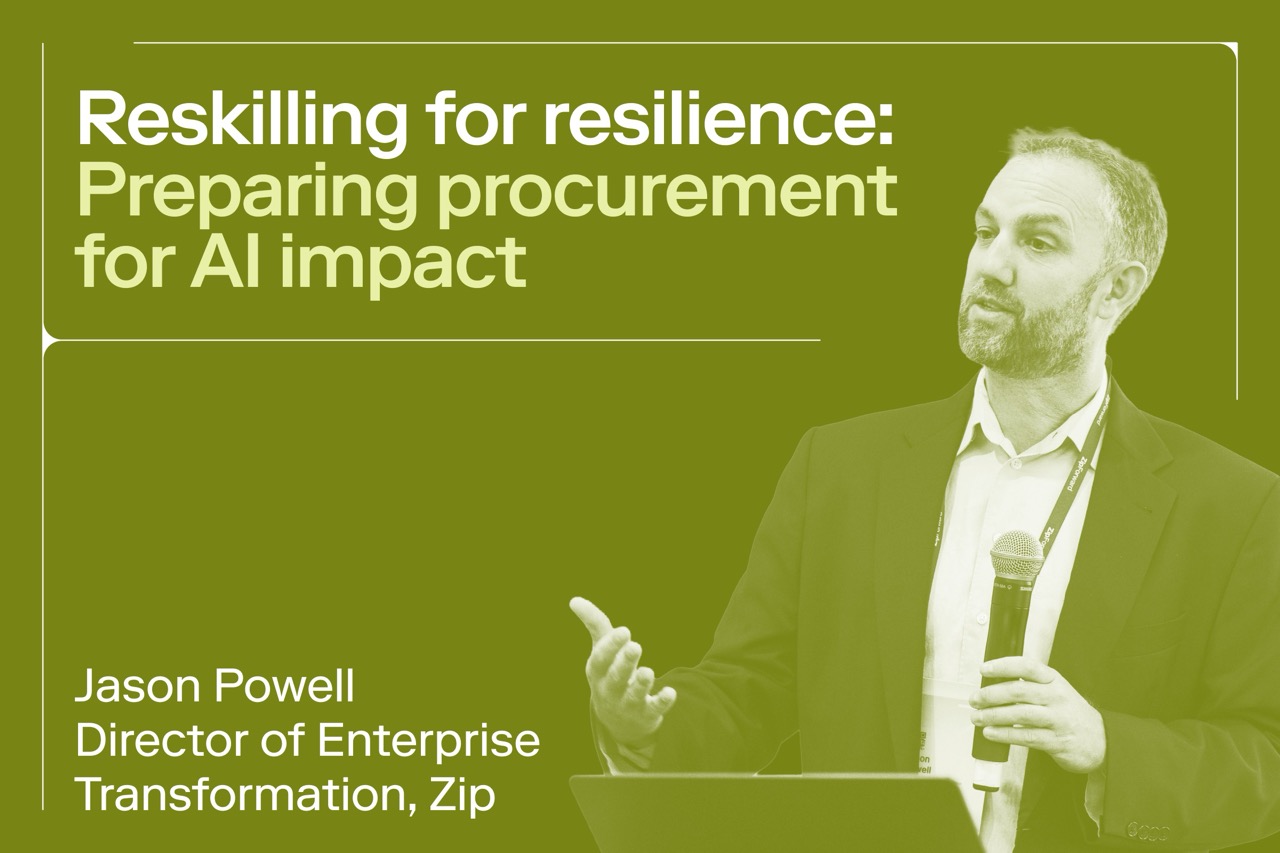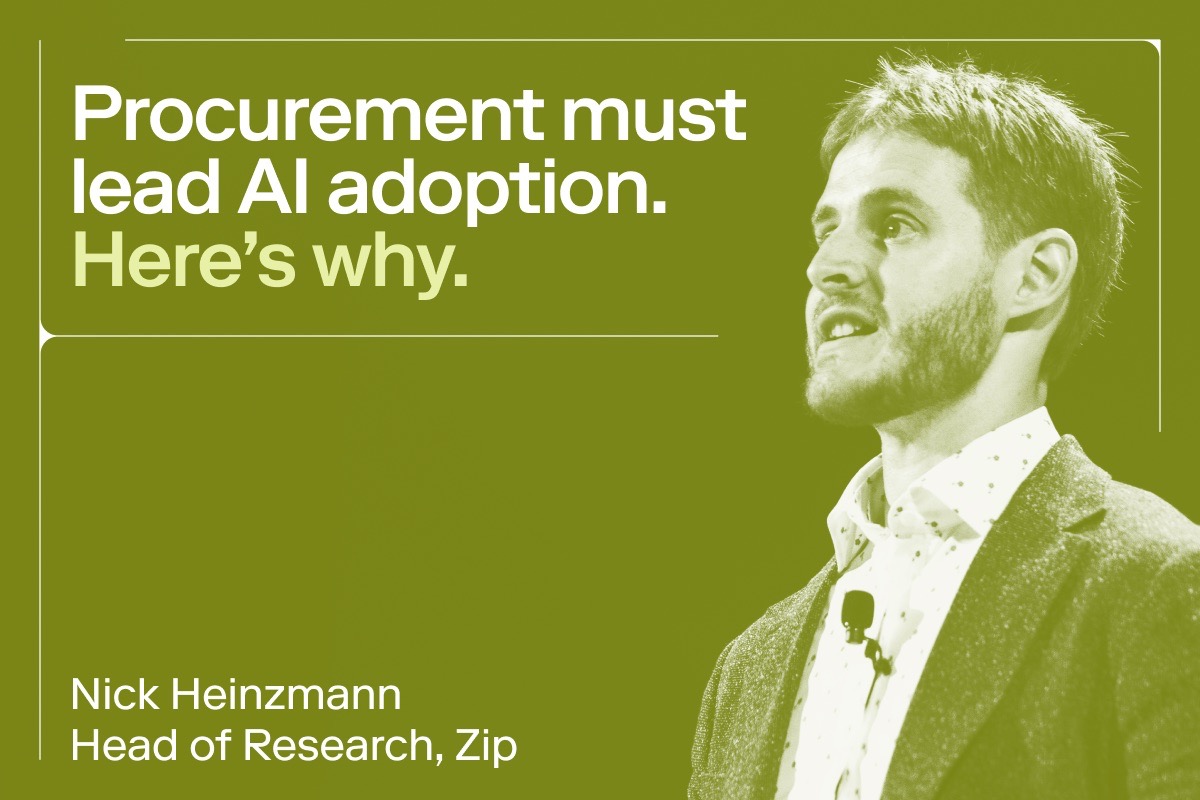
SIG recap: How procurement is responding to global tariffs
Here's how procurement is adapting to global risk and tariff-driven disruption.

Last week at the SIG Global Executive Summit in Nashville, one topic stood out above all others: tariffs.
The escalating global tariff war, and the economic uncertainty it’s causing, is placing procurement and sourcing leaders at the front lines of executive decision-making.
It’s clear why: the ground zero for the macro impact of tariff policy hits right within procurement and supply chain management expertise. Executive teams rely on sourcing and procurement leaders to help them not only understand the impact of these changes, but to respond strategically with agility, speed, and precision.
This year, SIG served as a remarkable opportunity to bring together all of these experts and procurement leaders in one place, to discuss the global situation live just as these tariffs were being rolled out. In speaking to these CPOs, global sourcing executives, and SIG members, several themes emerged.
1. Key themes from SIG: ‘Walking the tightrope’
Several session themes summed up the tension procurement leaders are working through:
- “Walking the Tightrope”
- “Navigating Global Uncertainty”
- “Avoiding and Reacting to Trade Disruptions”
- “Become Agile to Compete”
These were catchy phrases, to be sure. But they also reflect the reality that procurement leaders are living through, and will likely be forced to manage on a month-by-month, week-by-week, day-by-day basis for the foreseeable future. It was clear that experience is driving their strategy here, as most of them prepare for the different scenarios that may play out.
The pressures are real. But so is the opportunity to lead.

2. Procurement is leading the response
The procurement function, long considered to be in service of business strategy, is now a pivotal factor in shaping it. Leaders are actively advising executive teams on how to navigate the shifting terrain of tariffs and retaliatory policies, making procurement a key player in enterprise risk management.
Each industry and spend category will be impacted differently, but the need for responsive action is universal. Some organizations have been working for months with strategic suppliers to minimize cost and pricing shocks. Others are just beginning to react, caught off guard by the breadth and speed of tariff enforcement.
Given that the impact of tariffs is compliance and unique to any given company’s current supply, procurement and sourcing professionals are a key part of their executive planning and response. What this demonstrates is the importance of the broad value of a well-managed spend management team and technology framework.
3. Identifying impact areas is step one
One of the biggest challenges cited by sourcing teams is simply identifying where the business is exposed. Without clear visibility into global supplier networks, procurement leaders can’t begin to formulate a response. This is where spend transparency and supplier engagement become absolutely critical.
Sessions at the SIG Executive Summit highlighted the need for rapid risk assessment and faster visibility into impacted categories. The quicker procurement can map exposure, the quicker it can mobilize a plan.

4. Agility is the new strategic advantage
One phrase I heard again and again this week: agile procurement wins.
As global priorities shift, agility will be a core capability. Leaders are actively exploring how to bake agility into their sourcing workflows and procurement systems.
Process orchestration and intake-to-procure technologies are key enablers here. These tools empower teams to embed procurement policy and risk mitigation directly into workflows, so when strategy shifts, execution shifts in real time.
I heard leaders talk about making strategic sourcing shifts in a matter of minutes, not weeks. That kind of responsiveness is now a major competitive differentiator.
It’s worth pointing out the sensational keynote session by Brad Pittman, VP of Strategic Sourcing and Procurement at Dollar Tree. Several attendees said it was one of the “best transformation stories they’d ever seen”—especially when Brad detailed Dollar Tree’s ‘spend influence map’ and their before/current state after implementing spend orchestration with Zip.
To get a taste of this, I’d highly recommend watching Brad’s presentation at Zip Forward, where he went over the same implementation map and shared the benefits of moving to a fully orchestrated approach at Dollar Tree.
5. Technology is unlocking real-time orchestration
The most forward-thinking leaders are building systems that let them deliver change at a rapid pace. Procurement technologies that support automation, AI, and orchestration are helping teams act with precision during uncertain times.
From identifying risk exposure to rerouting supplier flows, teams are using orchestration platforms to execute complex changes instantly. These systems not only support compliance and governance but also enable the flexibility to meet shifting business demands, often within hours of a strategy pivot.
Final thought
It’s an amazing and challenging time for procurement and sourcing teams.
SIG has built such a remarkably strong community for procurement and sourcing leaders to come together and discuss strategy and the direction of innovation in their space. At this year’s summit, I saw firsthand how sourcing professionals are stepping up to help their organizations adapt, not just at the strategy level, but down to day-to-day execution with their teams.
They are engaging with their suppliers, establishing stronger sources of supply while teaming up to manage through this dramatic degree of change and uncertainty due to the tariff roll out.
What it all comes down to is simple: agile business wins.
And today, agile procurement, powered by systems that orchestrate processes, automate execution, and mitigate risk, is what sets those winners apart.
Final plug: Zip just released a full risk orchestration feature suite—check it out, and tell me what you think!

Maximize the ROI of your business spend

Enter your business email to keep reading
















%20Large.jpeg)





.webp)


















